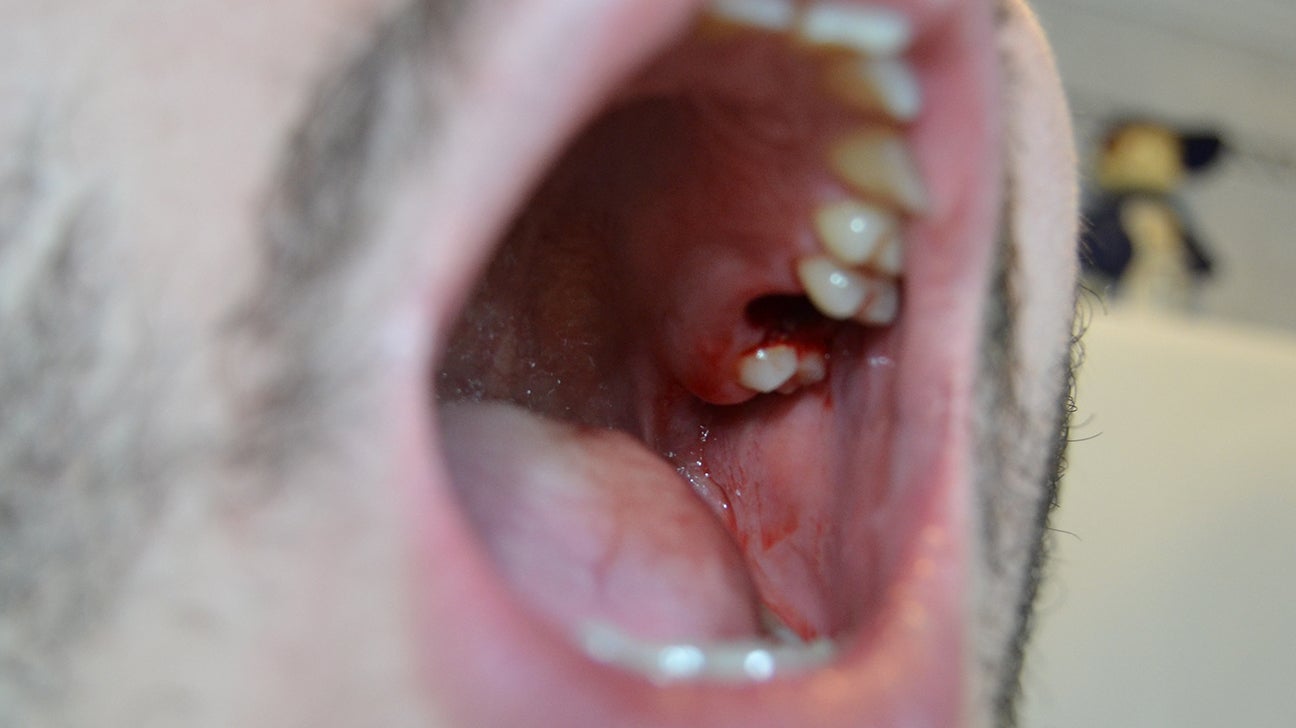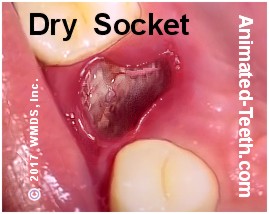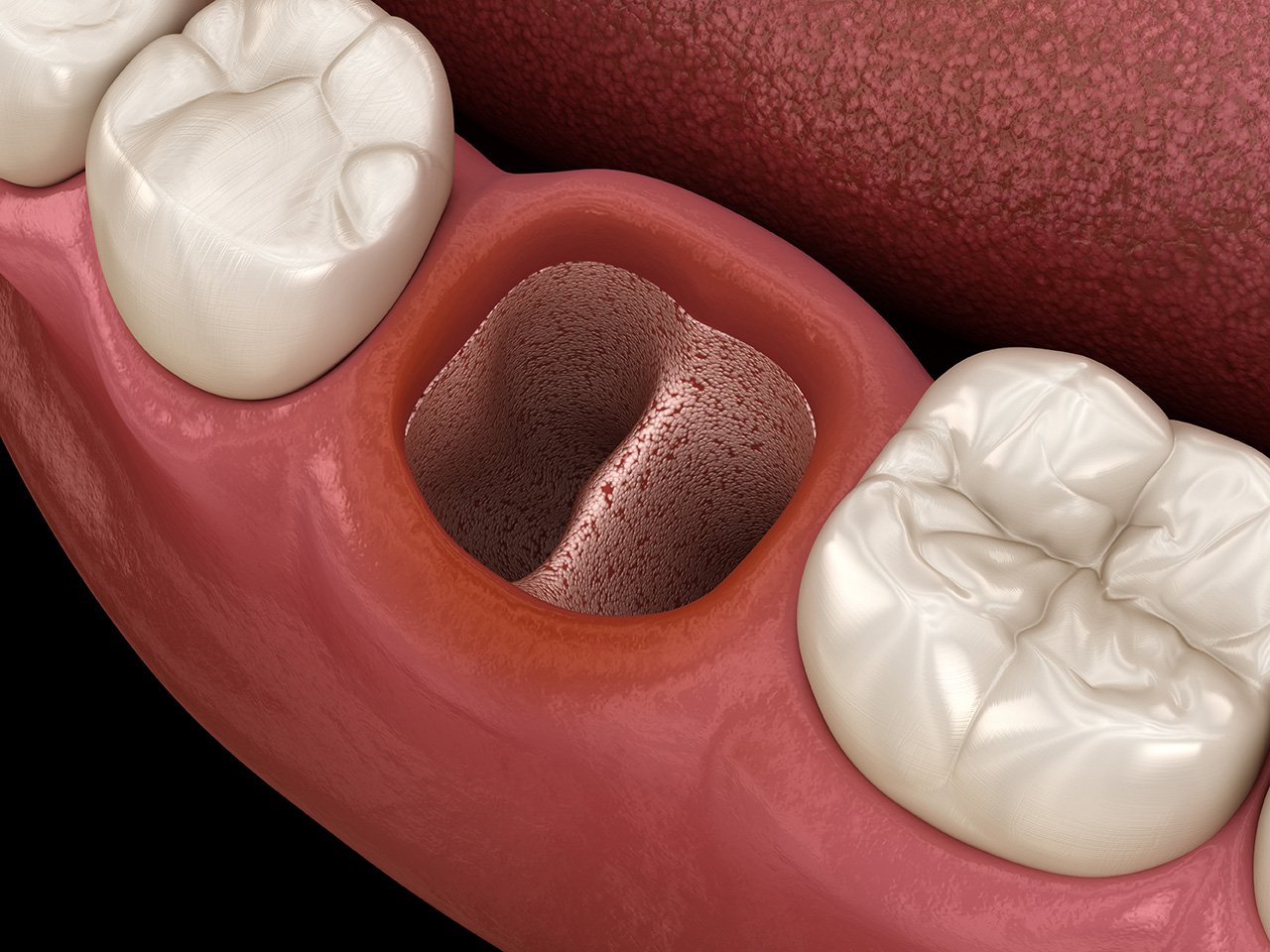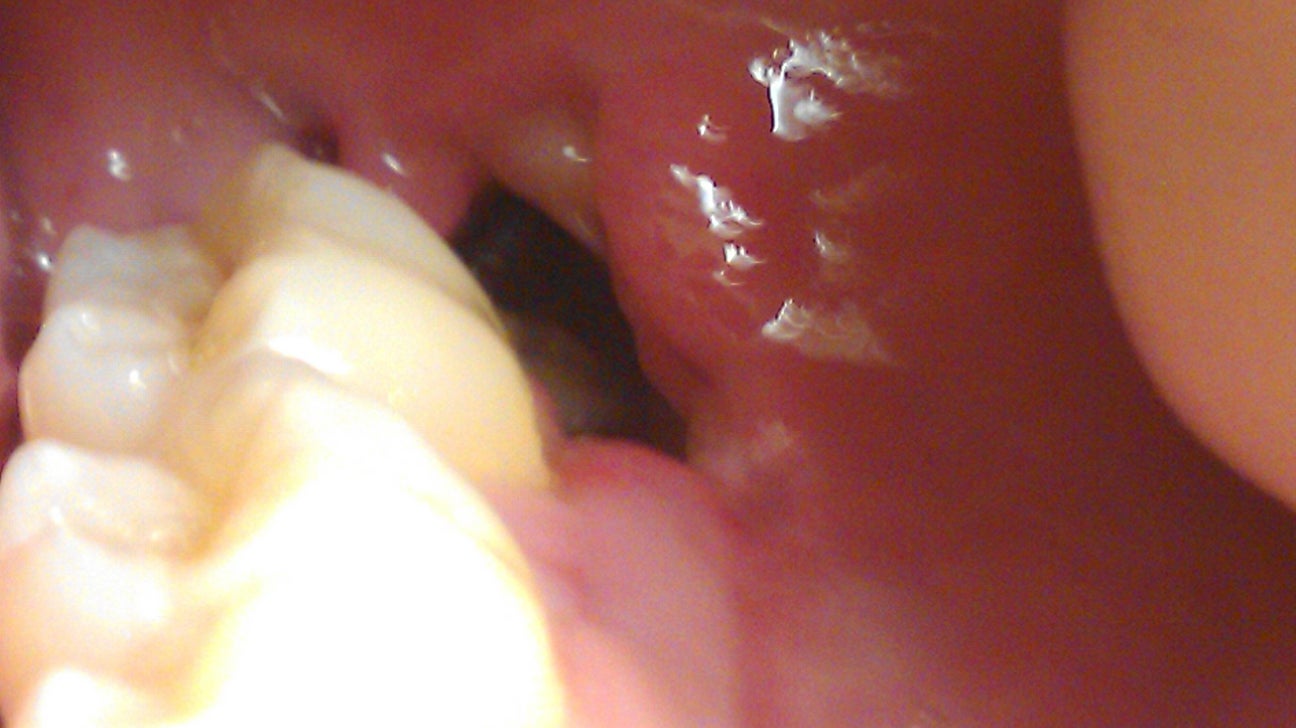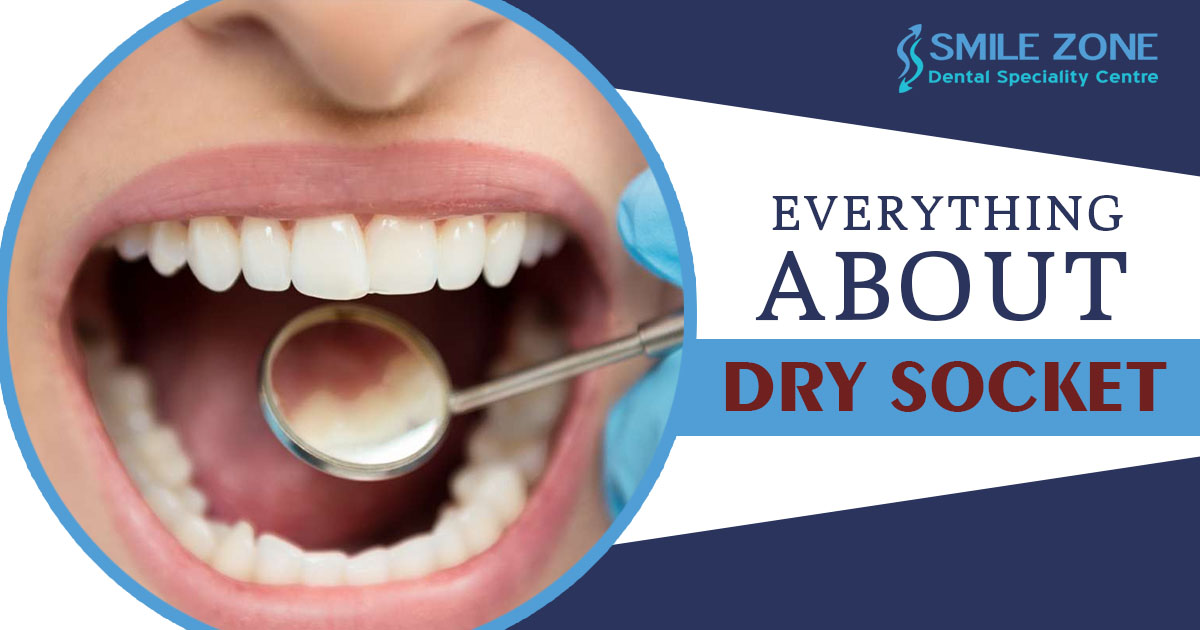Marvelous Info About How To Detect Dry Socket

The symptoms of dry socket can vary but may include:
How to detect dry socket. Normal tooth socket after extraction. Usually, the presence of a boney structure at the extraction site clearly shows that it has formed. If the bone is exposed from the hole instead of a site of a dark blood clot.
Partial or total loss of the blood clot at the tooth extraction site, which you. Severe pain following a tooth extraction is often enough for your dentist or oral surgeon to suspect dry socket. Dry socket, also termed fibrinolytic osteitis or alveolar osteitis, is a complication of tooth exodontia.
Dentists typically suspect dry socket when a person experiences severe pain following a tooth extraction. The pain that comes with dry socket usually doesn’t go away. If you’re unsure how to diagnose dry socket, the most significant indicator is throbbing, severe pain at the site.
How are dry sockets diagnosed? Visible bone at the extraction site. In order to diagnose the problem, the patient must check in the mirror where the tooth was pulled out.
Symptoms of a dry socket are easily detected. A missing blood clot at the extraction site. You might have a dry socket if:
They can confirm the diagnosis simply by looking at. He or she will also ask about any other symptoms and examine your mouth to see if you have a blood clot in your tooth socket and whether you have exposed bone. Severe pain at the site of the extraction.

:max_bytes(150000):strip_icc()/what-is-a-dry-socket-5092288_final-8cc02f167b0741c998fd1ee2832d31f6.jpg)


